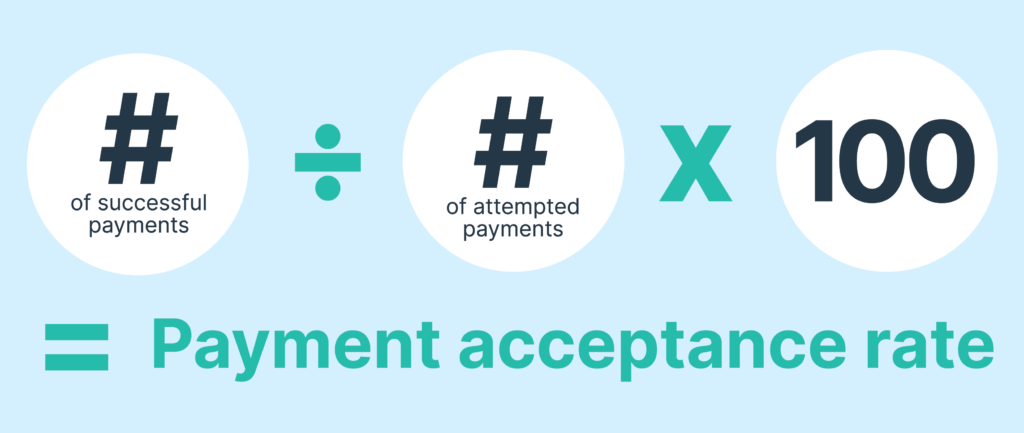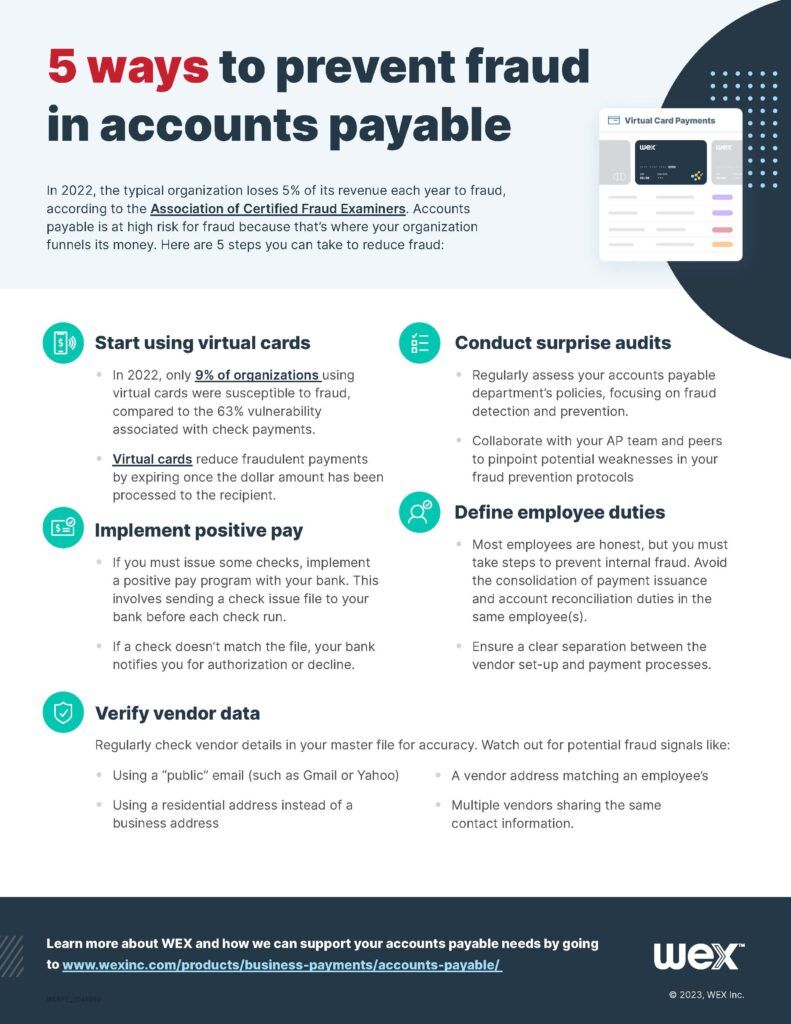Stay connected
Subscribe to our corporate payments blog to stay on top of payment innovations.

How much attention are you giving to your payment acceptance rates? A single percentage point shift in one direction or the other could have a tremendous impact on your company’s bottom line. If you’re a director of payments or simply play a role in optimizing payments, we’ll break down for you the importance of payment acceptance and what you can do to boost payment acceptance rates that create new revenue streams for your company.
Payment acceptance refers to the percentage of payment attempts that are successfully processed. A payment acceptance rate is the percentage success rate, which is also referred to as a payment authorization rate.

An accepted payment is any payment that is processed. A rejected payment can occur for a variety of reasons, including:
When a payment is rejected, it can lead to lost revenue. As the saying goes, “You only have one chance to make a first impression.” Even a situation as simple as a card decline (no matter the reason) could lead to a prospect or customer turning to one of your competitors to do business with instead. In fact, a Forbes survey found that 36% of consumers digital payment acceptance is a top factor in their purchasing choices.
But it’s more than just the direct user experience that causes revenue to drop due to a rejected payment. Your ability to mitigate fraud and operate efficiently (by not tying up team members with resolving declined transactions) are other ways payment acceptance can impact revenue.
Definitely not. There are a variety of factors that should be considered before you jump to any conclusions, including:
You’ll want to consider these factors among others when evaluating your acceptance rates.
There are a number of ways you can boost payment acceptance and the overall customer experience, including:
Learn 5 ways you can prevent fraud in accounts payable by clicking the handout below!

The information in this blog post is for educational purposes only. It is not legal or tax advice. For legal or tax advice, you should consult your own legal counsel, tax and investment advisers.
Subscribe to our corporate payments blog to stay on top of payment innovations.